Blog three in a series on Tibet in 2021 3/8
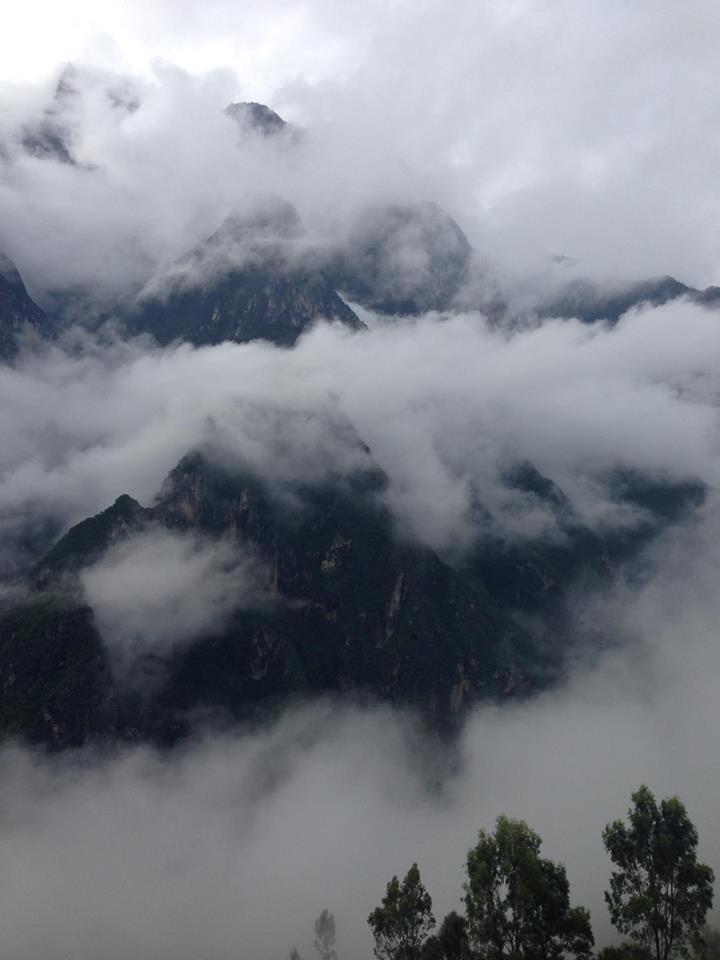
PROTECTING THE DRI CHU/YANGTZE
Legislation to protect the biggest river in Tibet was passed into law by a session of the National People’s Congress in the last days of 2020 and takes effect March 1, 2021. The big question is whether it will protect the river in Tibet, or only downstream in lowland China?
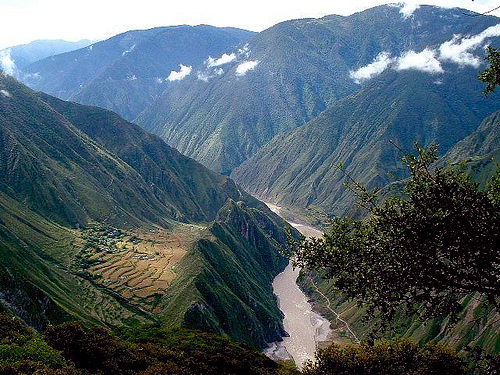
At a national level, China is trying to create national governance of a massive river system in much need of protection from the provinces it flows through, and their many vested interests, which have historically seen the river as a free public good, for water extraction, and to dump wastes. Only a truly national response will be strong enough to override entrenched local interests. A whole watershed plan, from the Tibetan highlands all the way to Shanghai and the Pacific Ocean, can save the Yangtze from exploitation and pollution. Nationalising the Yangtze makes no sense unless it is the entire watershed, rising in Yushu, Kandze and Golok prefectures, that is protected, with holistic management of a singular system.
If the river is parcelled out, apportioned to various sectional interests, it will remain as fragmented as its name. English speakers call it the Yangtze, Tibetans call it the Dri Chu, in Chinese first it is the Tongtian, then (still in Tibet) the Jinsha, then the Chang Jiang. The main tributaries of this massive mountain river in Tibet are a further jumble of names, all signifying major rivers. As well as the Dri Chu/Jinsha/Yangtze main channel, the tributaries, all big rivers, are, west to east: Nyag chu/Yalong 雅砻江, Mu chu/Dadu 大渡河.

A key issue is the balance between the upper Yangtze in Tibet and the mid to lower Yangtze. On most big rivers, it is the upper riparian that calls the shots, probably inevitably so since they get the first chance to dam or divert, or let the river run free. A current example is the Nile, where upriver Ethiopia has just built a large hydropower dam, to the intense annoyance of downriver Egypt. So upset were the Egyptians there was serious talk of sending in the air force to bomb and destroy the Grand Renaissance Dam. Likewise, India has long behaved like an unaccountable upper riparian on both the Indus (above Pakistan) and the Brahmaputra (above Bangla Desh). Only in recent years has India discovered that it too is a lower riparian on the Brahmaputra, far below the Yarlung Tsangpo in Tibet.
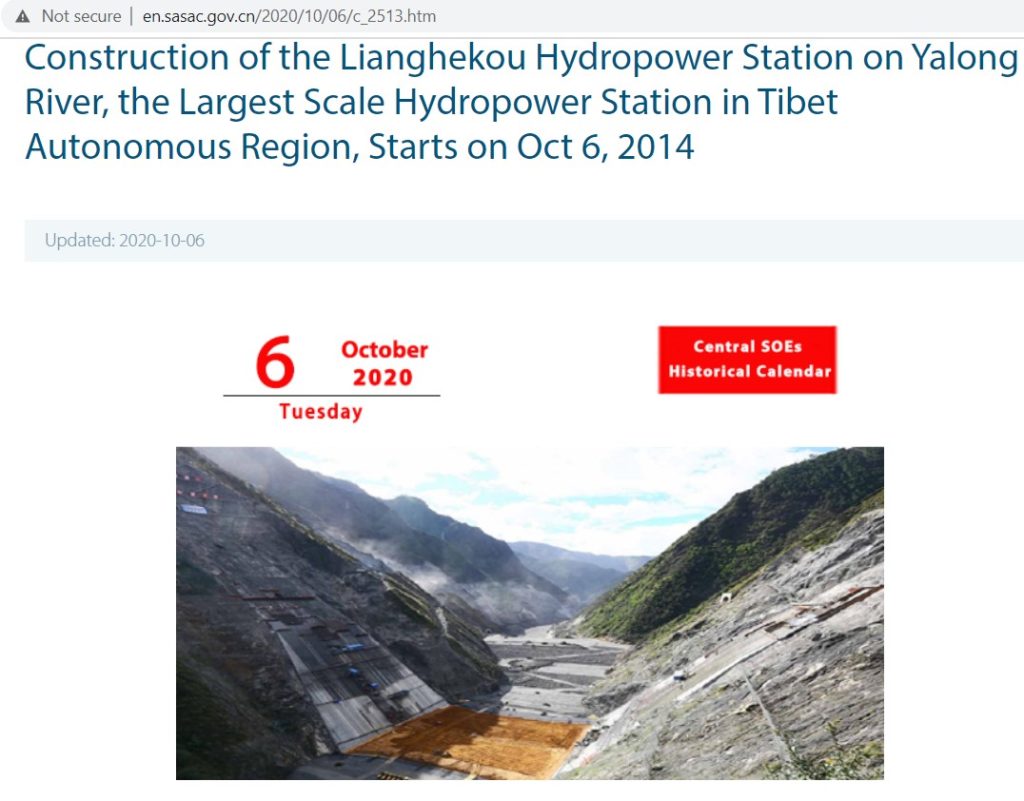
The upper Dri Chu/Yangtze is entirely in Tibetan prefectures of Qinghai and Sichuan. (Confusingly, when China speaks of the “upper Yangtze” this often signifies the mid river, well below Tibet, as if upper/most Yangtze is right off the map).This totally Tibetan origin should give Tibet leverage, to determine the fate of those below. The floods of 2020 are a reminder of what is at stake, the biggest since 1998, the year China abruptly halted the clearfelling of Tibetan forests because the bare hills added so much to the torrent of floodwater. China acted decisively, if belatedly, in 1998 to halt the logging, because it had become a threat to lowland China.
The Yangtze basin is a basin, big enough to affect the climate of China and Japan further east, and the north Pacific.[1] If, as seems the case, Tibet is getting wetter as well as warmer, and climate extremes becoming more extreme, Tibet must be part of any basinwide solution.[2]
Yet in reality the Dri Chu remains an afterthought, a free public good available by downstream industries, agriculture and cities, all the way to Shanghai. Tibetan voices have not been heard, in the lengthy debates about the future of the Yangtze, even in a year of heavy flooding, in 2020. The Yangtze remains in effect two rivers, the upper half the servant, mutely providing the same services as ever, yet with the threat of being further dammed, farther up river than ever before, for electricity destined for eastern China, thousands of kilometres away.
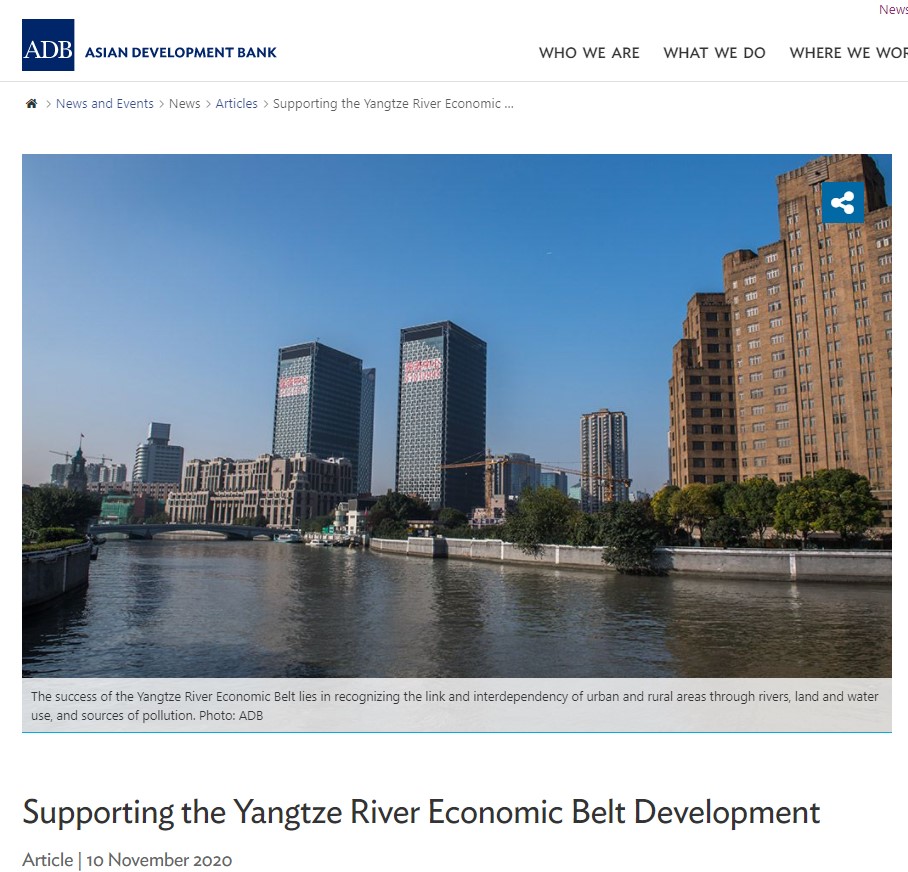
This is such a big deal, there are many international players involved as well. The Asian Development Bank has pledged billions of dollars to ensure the Yangtze continues to be all things to all who use it, to be both an economic engine and a green corridor. Everyone wins, there are no losers. China modernises its river governance, yet again becoming a model for rivers worldwide. Win-win.
Yet despite all the talk of economic belts and green corridors along a river that can be all things to all people, Tibetan voices and Tibetan interests are not heard. Tibet remains a provider of services, with no stakes of its own, nor rights to compensation for services provided.
The key question is whether the Yangtze River Protection Law of 2021 will indeed protect the upper Yangtze from further damming and power grid extraction of hydroelectricity. This is the crunch issue.
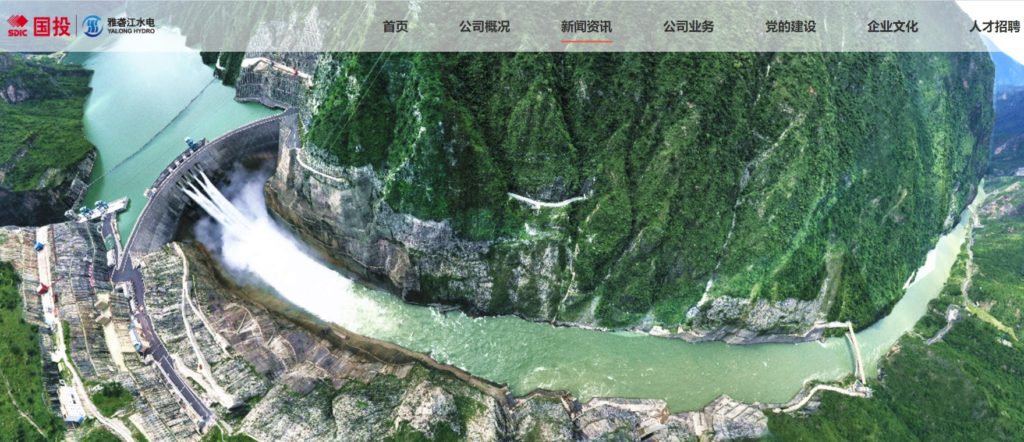
HYDRO DAMMING: A SUNSET INDUSTRY?
China’s fixation on damming rivers has deep roots, which explain the dominance of hydro engineering, decade after decade. However, there are early signs that China is starting to wean itself off hydro damming as the solution to just about everything, not only electricity supply for the world’s factory, but also flood control, smoothing seasonal peaks in water provisioning, preventing ice floes downriver, even flushing salt water in river mouths back out to sea.
These are the claims made by proponents of more and more damming, working farther and farther upriver on wild mountain torrents pouring off the Tibetan Plateau.
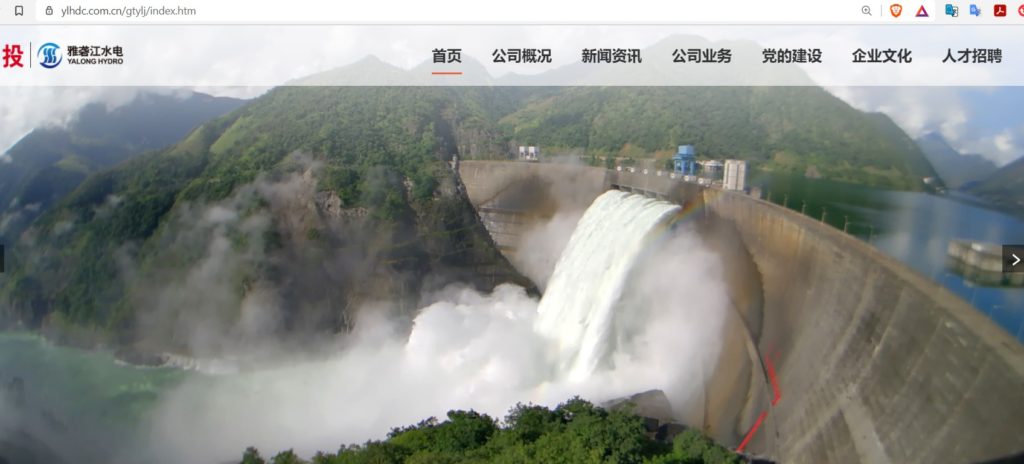
But times are changing. China’s central power authority, in a report on the Chinese Society of Dam Engineering November 2019 conference (before corona virus hit demand further), defines the shift: “After 70 years of dam construction, as the rapid development of hydropower comes to an end, the focus of the dam industry is turning to river ecology, project operation management, and scientific dispatch. When the total installed capacity of hydropower in our country reaches 60% of the technologically developable capacity, and with the slowdown in demand for electricity growth, hydropower investment has begun to show a downward trend year by year. In 2013, the country’s completed hydropower investment was 122.3 billion yuan, in 2014 it was 96 billion yuan, in 2015 it was 78.9 billion yuan, and after 2016 it basically remained at more than 60 billion yuan. The rapid development of hydropower in the “Eleventh Five-Year” and “Twelfth Five-Year” periods has come to an end. With the major changes in the water control policy in the new era, the dam industry has a long way to go in promoting harmony between humans and water, and further strengthening water ecological restoration and water environmental protection.”
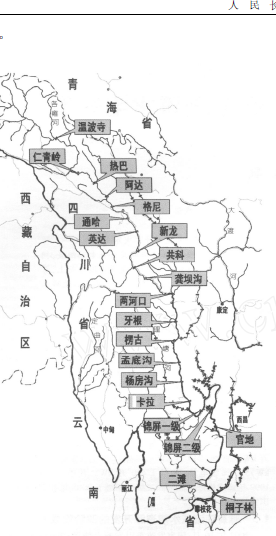
Here is a cascade of 13 reasons why the day of the hydro engineer may be eclipsed, even in China.
- First, newer technologies of solar and wind power are cheaper and more flexible ways of decarbonising power production; hydro by comparison is expensive, slow to build, prone to earthquakes and landslide, and is highly seasonal. Rather than building the long backlist of planned dams, China is instead building solar and wind power close to existing hydro dams, to plug into existing power grids. At a time when electricity can be generated in lots of places, the old centralised hub and spokes model of dam and grid is outdated, no longer suited to flexibility needed.
- Both wind and solar technologies are industries China dominates globally, or intends to. These industries attract substantial subsidies, in order to ensure they are winners, becoming national champions with global reach. The playing field is tilted towards wind and solar, although China also exports hydro damming investment, including headline projects such as Ethiopia’s Grand Renaissance Dam.
- Second, megaprojects are capital intensive, with low rates of return and chronic wastage of the power generated because grid corporations and energy companies aren’t willing to spend much to integrate hydro fully into existing grids when the monsoon driven power is surging only a few months in a year.
- Hydro dams in Kham already generate more electricity in the summer monsoon season than anyone can use, and the Sichuan Ya’an municipal government encourages energy guzzling bitcoin miners to set up shop below the Tibetan dams to pay nominal amounts for access to the excess electricity.
- Far from limiting China’s addiction to coal fired electricity, coal is less distant from end users and costs less to build and price, compared to hydro from far away in Tibet, built at massive cost of construction and long distance ultra-high voltage grids. Tibetan hydro is uncompetitive in price, resulting in Sichuan, the province that exports most Tibetan electricity, finding other provinces unwilling to plug into it, resulting in massive dumping of generated electricity. This is the main reason why, over four years, from 2013 to 2016, China’s investment in hydro dam construction halved, from RMB122 billion to little over RMB 60 bn. The only solution proposed by Sichuan hydro boosters is to cut costs even further.[3]
- China is moving on from being the energy-intensive world factory, outsourcing its heavy and polluting industries to SE and South Asia. This slows demand for more electricity; no longer do manufacturers call for urgent investment in more energy supply.
- Ambitious plans to intensify hydro damming, as listed in successive Five Year Plan targets, have largely failed to build; and latest projections to 2030 show hydro sliding as a proportion of total electricity generation, from 19% in 2020 to 14% in 2030. This shift will occur whether China acts to limit carbon emissions or not.[4] In Tibet Autonomous Region, an electricity importer from neighbouring provinces, the government was ordered in mid 2018 to build many new midsize hydro dams. In more than two years since, very little has happened.
- Hydro is classified as green, renewable energy; but compared to wind and solar comes with numerous impacts on biodiversity, local communities, and on underlying geological faults that slip when lubricated by impounded water, with disastrous results. A party-state that worries about local protests escalating is less keen to provoke objections. Millions of people have been relocated away from rising dams, more than 23 million, with promised incomes on resettlement land usually failing to deliver. Until now hydro, wind and solar were lumped together as green/renewable energy, but in official policies this broad categorisation is now decoupling.
- Many locations mapped by hydro engineers as suited to hydro damming are on transboundary rivers, alarming lower riparian countries at a time China seeks to bring them into China’s sphere of influence. In Cambodia, Thailand, Myanmar, Laos, Bangladesh, India and Pakistan, China’s upper riparian dams and water diversions cause widespread anxiety, constraining national elites inclined to do deals with China.
- China has made much effort to reduce the energy intensity of its manufacturing industries; in fact reducing energy intensity per unit of GDP is the only promise China made to global climate conference, Paris 2015.
- Many hydro dams have failed to live up the engineers’ promises, due to faulty design, limited power output, unpredictable flows, sedimentation and landslides. These expensive failures dampen enthusiasm for ever more dams.
- China is in no hurry to reduce coal burning for power generation. Despite urgings to decarbonise electricity production, and highly publicised closures of especially dirty power stations, China persist in burning more coal each year than the rest of the world combined. There is little indication that coal-fired power will be retired on a large scale. In 2020 64% of China’s power generation comes from coal. This may decline to 53% by 2030, not because much coal burning will cease, but because of additional power generated by other means.
- The 2020 summer flood season was so extreme, driven by climate change, that the promise by dam builders of being able to prevent floods is no longer valid. Climate change is now changing all calculations, at a time when dam promoters evidently overpromised and underdelivered. In a time of intensifying extremes, dams are no longer the answer. During the 2020 floods, downriver fear that upriver dams were overtopping and could break was so acute, central leaders issued video showing those dams were safely gushing water torrents in controlled release.

This shift away from hydro is worldwide; China has been a bit slow to catch up. Decades of community opposition to losing village lands has finally persuaded governments that hydro power lacks a social licence, which can only be overcome by force. Even in highly authoritarian China, dam planners are shifting away from seeing local communities who will be inundated as nuisances to be swept aside, to a more holistic approach, recognising the development needs of the locals. The World Bank 2019 review of China hydro history sees: “a philosophical shift regarding development objectives: Hydropower displacement increasingly has been seen as providing a development opportunity for the people potentially affected by it, whereas they previously were seen largely as obstacles in the path of construction.”[5] Chinese scientists are now proposing, at last, that the displaced be considered stakeholders, with legitimate needs.[6]
Now there are alternatives, as power generation and consumption decentralise. The era of big dams and big grids increasingly looks like yesterday’s stranded assets.
While the pace of dam building is slowing, the era of big dam construction in China, and especially in Tibet is far from over. There is a backlog of partly constructed projects almost certain to be scheduled for completion in the 14th Five Year Plan period, 2021 through 2025.
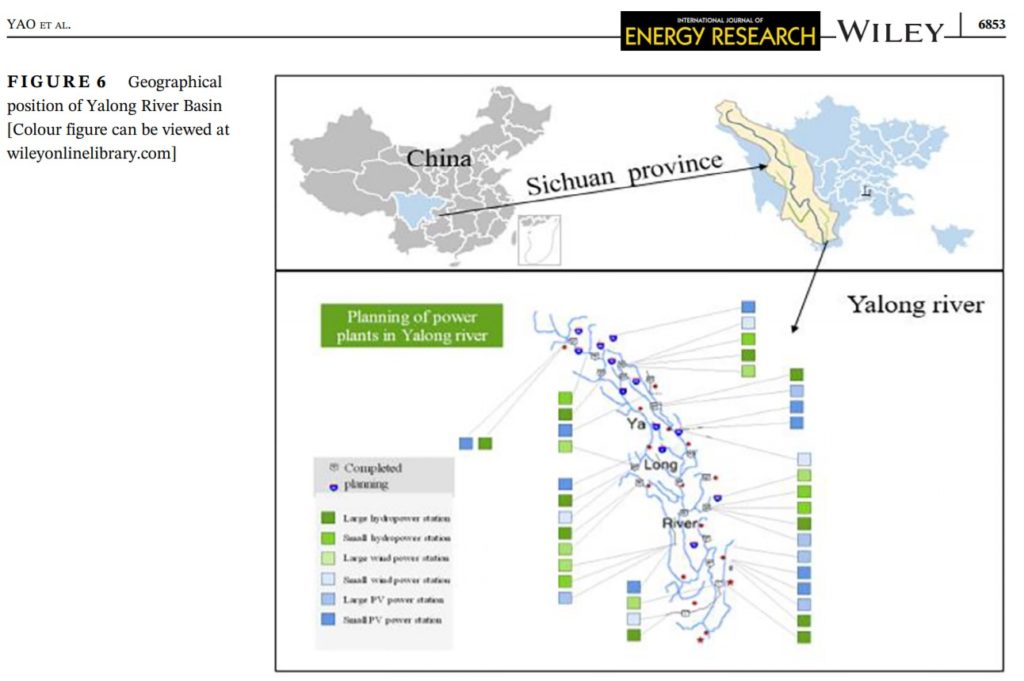
[1] Shixin Wang, Effect of the East Asian Westerly Jet’s Intensity on Summer Rainfall in the Yangtze River Valley and Its Mechanism, Journal of Climate, 29, 2016, 2395-
[2] Damming Tibet’s Rivers: New Threats To Tibetan Area Under Unesco Protection, International Campaign for Tibet, 2019,
[3] Yue Liu, et al., Competitiveness of hydropower price and preferential policies for hydropower development in Tibet and the Sichuan-Yunnan Tibetan area of China, Water Policy, 20 (2018) 1092–1111
[4] Gang He et al., Rapid cost decrease of renewables and storage accelerates the decarbonization of China’s power system, NATURE COMMUNICATIONS, (2020)11:2486 https://doi.org/10.1038/s41467-020-16184-x www.nature.com/naturecommunications
[5] A Review Of Resettlement Management Experience In China Hydropower Projects: Identifying key lessons learned, World Bank, 2019, 11
[6] Bingqing Xia , Maoshan Qiang, Wenchao Chen et al., A benefit-sharing model for hydropower projects based on stakeholder input-output analysis: A case study of the Xiluodu Project in China, Land Use Policy, Volume 73, April 2018,341-352